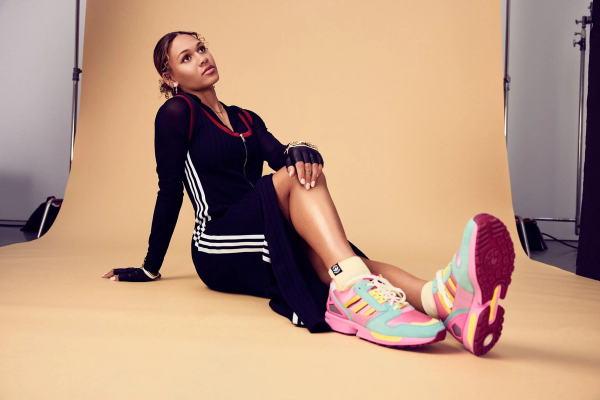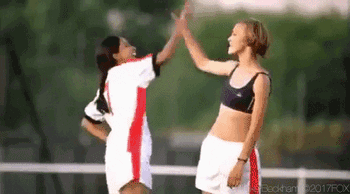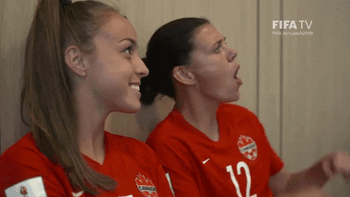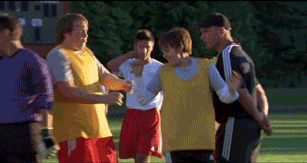Trinity Rodman’s potential NWSL departure signals athlete-centric marketing approach for brands

The GIST: There’s a storm brewing in the NWSL as Washington Spirit star Trinity Rodman’s contract comes to an end in six weeks. While the Spirit are on their way to the NWSL Championship, Rodman is considering what comes next — and she could be the latest NWSL star to defect to Europe for greener pastures.
- Without salary caps, Europe’s top earners command up to $1.1M annually, while the NWSL currently has a $3.3M cap per team. Some big-name stars like USWNT standouts Naomi Girma and Alyssa Thompson have already defected to the Women’s Super League, where Rodman would surely pull in more than her current NWSL annual salary of $275K.
- With her decision expected sometime after this weekend’s championship, the NWSL now faces a choice: Raise its salary cap to accommodate Rodman (which could set a challenging precedent), or risk losing a major star for both the Spirit and the league. Gotta make a decision.
Rodman’s impact: The Athletic describes Rodman as the biggest marketing force in women’s soccer since Megan Rapinoe and Alex Morgan, noting her high-profile collaboration with Adidas. This year, Rodman repped the brand’s first-ever soccer cleat designed for women and starred in its commercial. In marketing materials, she appears opposite men’s soccer superstar Lionel Messi, arguably one of the most famous people on Earth.
- While not all sponsorships transfer when athletes make global moves, this is one that could seamlessly transition to a European market. Adidas, based in Germany, saw its sales soar 19% YoY in 2024 thanks to strong revenue growth in soccer performance apparel.
The problem: Though the NWSL can raise its salary cap, it claims that would threaten parity. But losing their biggest stars to European leagues won’t just decimate the power of clubs like the Spirit: It’s also a blow to the NWSL itself. Research indicates that women’s sports fans tend to follow individual athletes over teams or leagues.
- An AP poll found that only about one-third of women’s sports fans consider a team integral to why they follow a sport, while a Parity poll found that 36% of U.S. women’s sports fans follow a sport for an individual athlete, the highest percentage of any country surveyed.
- This is especially true in soccer, where 61% of U.S. fans say individual athletes “bring the sport to life for them” and 47% say they follow such athletes as much or more than a specific team.
Zooming out: In most sports, the U.S. provides unparalleled opportunities for pro women athletes. Even if a league isn’t the most competitive in terms of salary — consider the international WNBA offseason ecosystem — the best players often prefer to play domestically because of the media and marketing exposure U.S. sports offer.
- Women’s soccer is different — the NWSL faces more competition from European markets, which are quickly becoming more established. What’s more, players with USWNT–fueled fame can chase an on-field payday without losing their marketing value back home: The aforementioned Girma still has a TJ Maxx deal, and Thompson has plenty of U.S. deals.
- In fact, brands could benefit from maintaining partnerships as players meet new audiences. Brands partnering with U.S.–based women’s soccer stars should watch Rodman and her peers closely as the NWSL tries to strike this balancing act: If more players move, it could mean pivoting to more global campaigns. Roam around the world.
Enjoying this article? Want more?

Sign up for The GIST and receive the latest women's sports business news straight to your inbox three times a week


